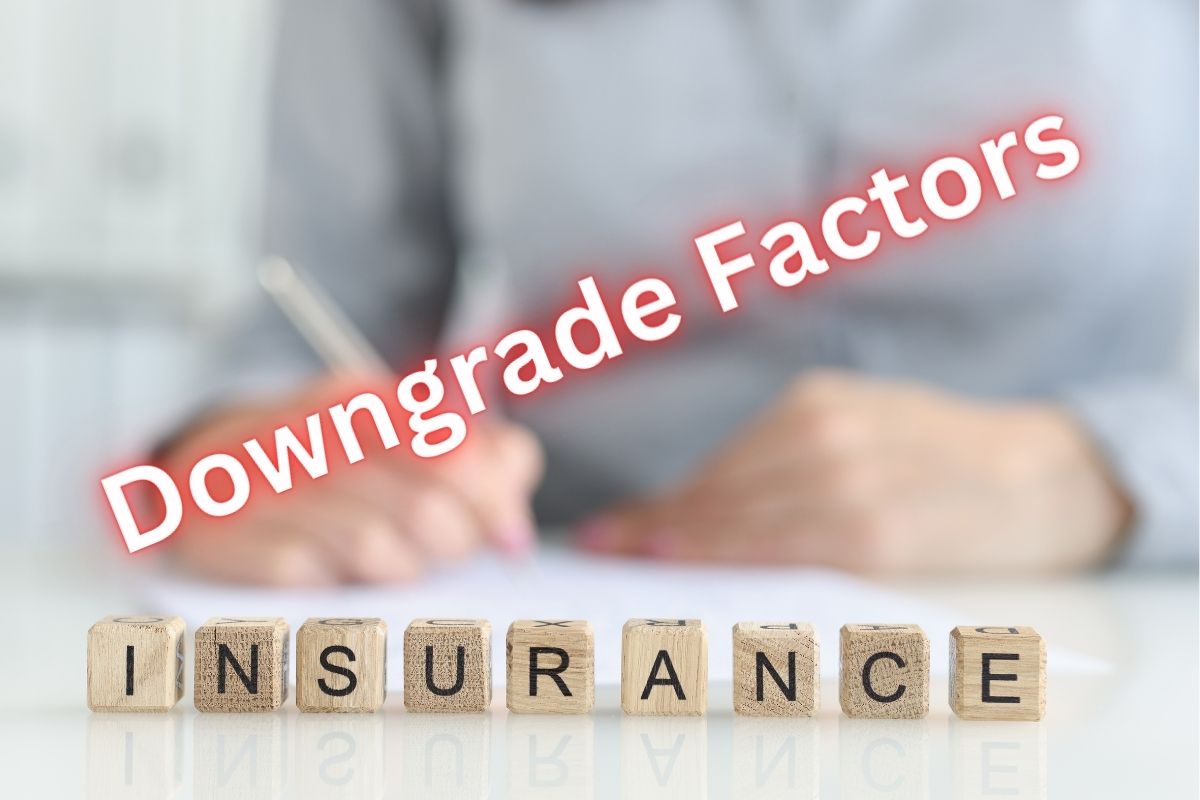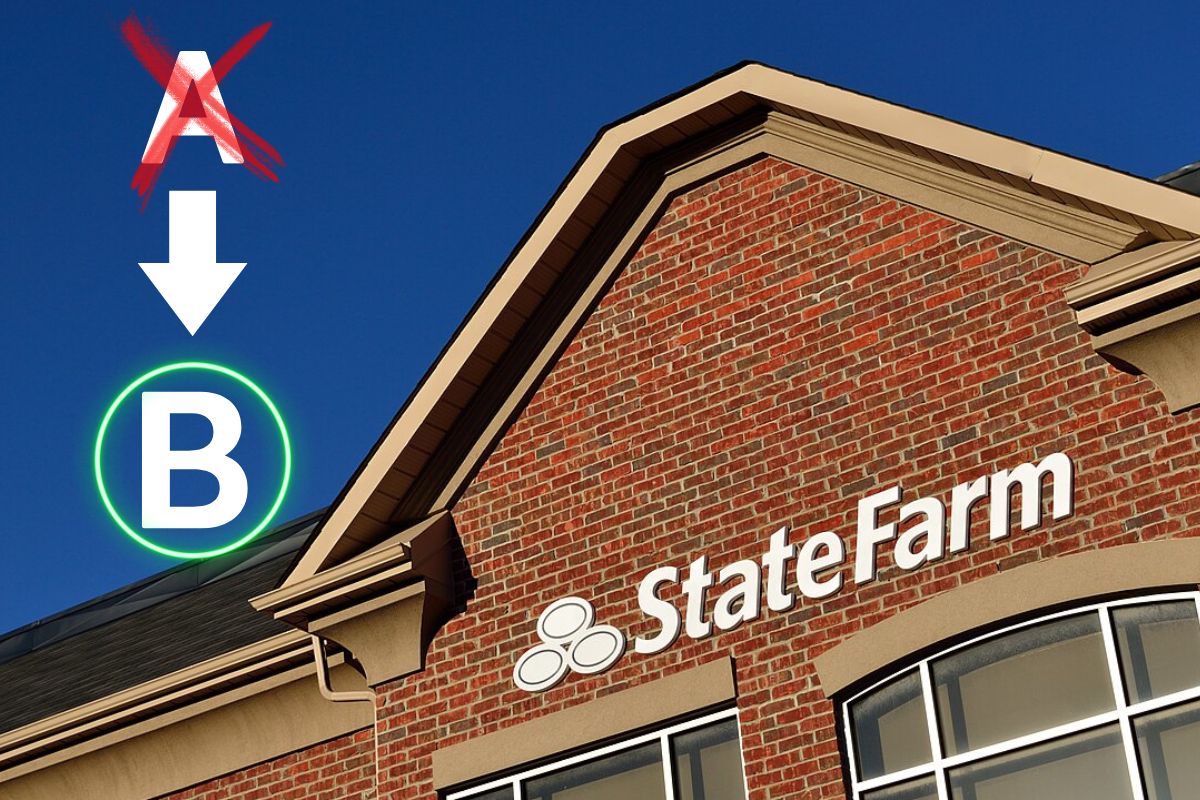Overview of State Farm Downgrade
In a move that has caught the attention of policyholders and investors alike, AM Best has downgraded the Financial Strength Rating (FSR) of State Farm General Insurance Company (State Farm General). This marks a significant shift from an ‘A’ (Excellent) rating to a ‘B’ (Fair) classification, while the Long-Term Issuer Credit Rating (Long-Term ICR) dropped from “a” (Excellent) to “bb+” (Fair).
Implications of Ratings – Balance Sheet Strength Assessed as Weak
The Credit Ratings issued by AM Best take into account a variety of factors such as balance sheet strength, operating performance, and risk management practices. For State Farm General, the balance sheet strength is now considered weak due to the diminishing policyholder surplus as of December 31, 2023. This has led to a drop in risk-adjusted capitalization, a core focus in Best’s Capital Adequacy Ratio (BCAR) evaluation.
Operating Performance Deemed Marginal
Apart from balance sheet concerns, the company’s operating performance has been classified as marginal. This, along with a neutral business profile and what is deemed an appropriate enterprise risk management (ERM) strategy, contributes to the revised outlook.

Factors Leading to Downgrade
Decline in Policyholder Surplus
The most salient reason for the downgrade orbits around a noticeable decline in policyholder surplus which inherently affects the capitalization and balance sheet metrics negatively. Notably, there has been a reported surge in claim severity, particularly impacting umbrella and commercial multi-peril lines.
Uncertainty and Negative Outlook
The continuation of the negative outlook on the Long-Term ICR is instrumental in reflecting the prevailing uncertainty regarding the company’s prospects. Ongoing profitability challenges, trending adverse reserve developments from previous accidents years, and tough regulatory environments further amplify this uncertainty.
A Glimpse into the Insurance Titan
State Farm stands out as the preeminent player in the P&C insurance industry, with roots penetrating both national and international grounds. On the domestic front, the Bloomington-based insurer has reported direct written premiums to the tune of $77.59 billion and claims a 5.34% market share.
Recent Policy Adjustments and Their Implications
No New Business, Non-Renewals and Shift in Commercial Policy Strategy
Though renowned for its competitive auto insurance rates, State Farm has halted the issuance of new policies in California, with exceptions for personal auto coverage. The company attributes the pullback to inflation, reinsurance market challenges, and heightened catastrophe exposure.
In a continuation of its strategic reassessment amidst current financial and market pressures, State Farm has recently made headlines by announcing non-renewals of approximately 30,000 home policies. This decision is part of a broader realignment aimed at stabilizing its financial standing and responding to the volatile market conditions affecting the insurance industry.
Furthermore, in a move that underscores the company’s ongoing evaluation of its product portfolio against performance and market risks, State Farm has declared that it will discontinue selling commercial apartment policies. This marks a significant pivot in its approach to commercial property insurance, impacting around 42,000 existing policyholders who will receive non-renewals notices. These decisions reflect State Farm’s adaptive strategies in navigating an increasingly challenging insurance landscape, emphasizing the company’s focus on long-term sustainability over immediate market presence.
Operating exclusively in the US market, State Farm takes pride in its extensive network of 19,000 agents across the nation, ensuring a robust presence and client service.
Will Consumers React? Corrective Actions and Future Prospects
State Farm General’s management is actively taking corrective actions to stabilize and fortify the balance sheet. However, time will be a crucial factor for these measures to bear positive outcomes in the intermediate term. Whether these efforts will successfully mend investor confidence and preserve customer loyalty remains to be seen.
The Road Ahead
With a clear step toward renewal and stability, State Farm General is on a path that demands rigorous adjustment and strategic finesse. The key lies in addressing the current deficit in risk-adjusted capitalization and navigating California’s intricate regulatory terrain.
With the news breaking about State Farm General’s downgrade, consumers stand at a crossroads. Is this a signal of deeper industry troubles, or merely a hiccup for the insurance giant? The ultimate question looms – will this cause a shift in consumer sentiment? Only time will tell whether State Farm’s steps towards recovery will solidify their position or if customers will start to look elsewhere for their insurance needs.

